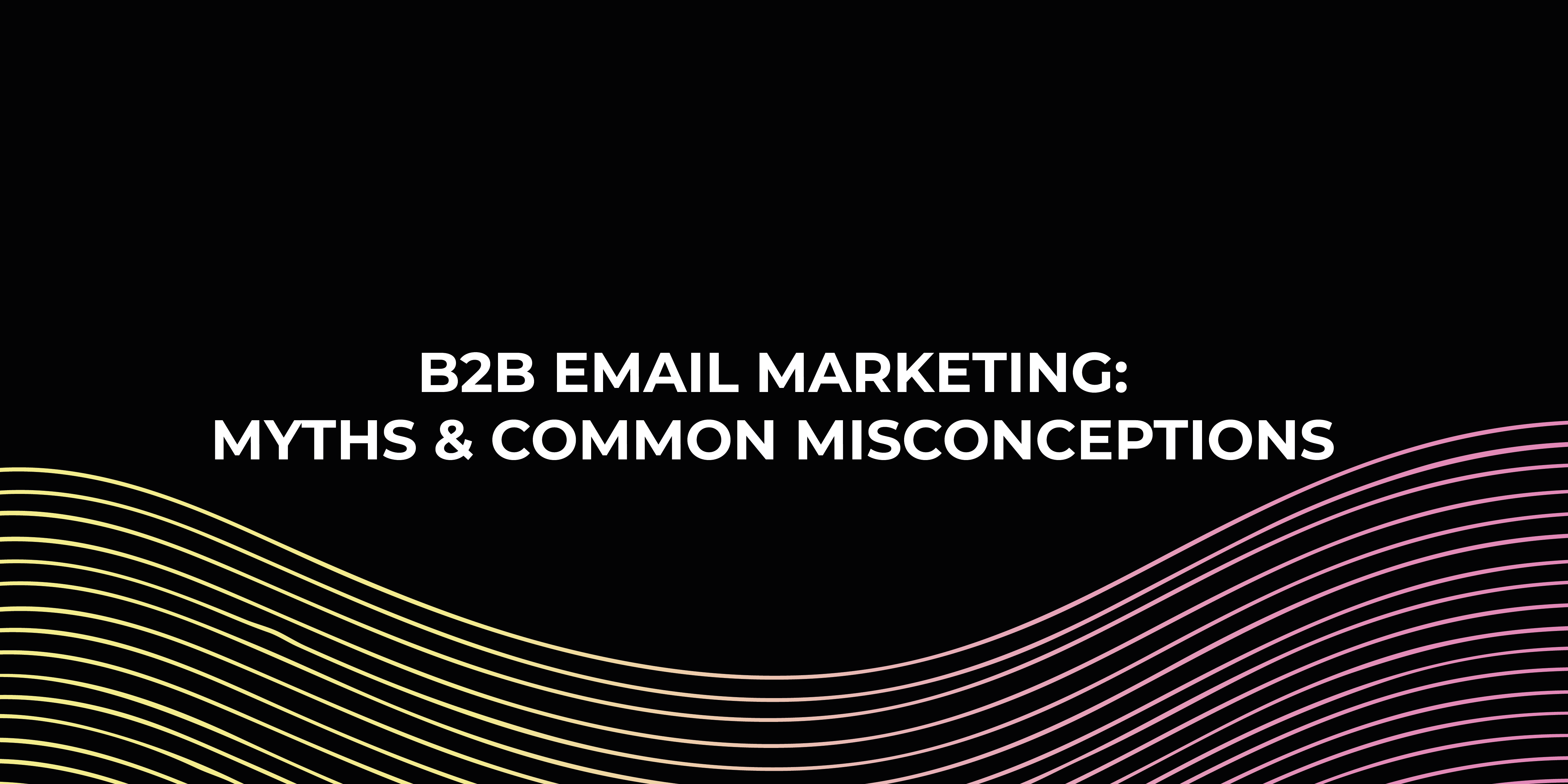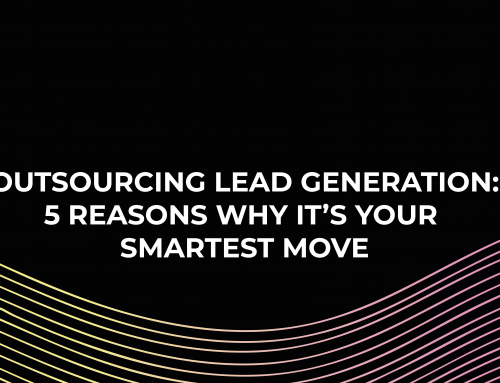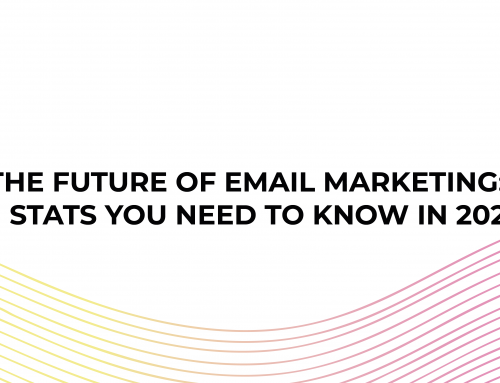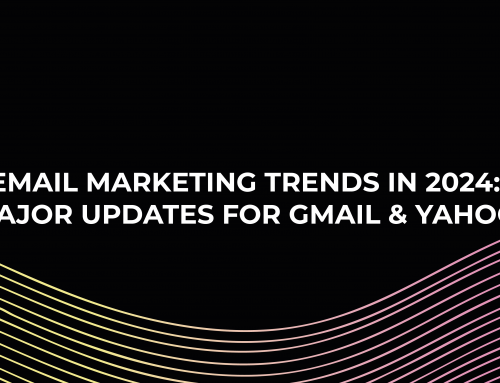B2B Email Marketing : Myths & Common Misconceptions
In the world of B2B marketing, email remains one of the most powerful tools for reaching potential clients and nurturing existing relationships.
With a ROI of 4100%, no other channel can compete with its profitability. However, the effectiveness of your B2B email marketing is heavily dependent on using the right strategies and dispelling any common misconceptions and preconceived ideas you may have.
In this article, we explore some best practices for B2B email marketing while attempting to debunk some of common myths that might be holding your campaigns back.
Myth 1: B2B Buyers Are Too Busy to Read Your Marketing Emails
Reality: Research from McKinsey shows that the average office worker spends 28% of their workweek checking, reading and writing emails.
This suggests the myth that B2B consumers are too busy to read/ check your emails is indeed a complete myth, with workers spending nearly ⅓ of their total work time looking at emails, that is plenty of time to read a marketing offer in their inbox.
Harvard Business review went one step further and found that the average professional checked their emails 15 times a day or once every 37 minutes. So, with a captivating subject line and some well written copy there is plenty of opportunity for your marketing emails to be read by potential customers.
Myth 2: One-size-fits-all Emails Work Fine.
Reality: Segmenting your email list based on criteria such as industry, company size, or job role is essential if you want your email marketing to be a success.
By using this data you will be able to personalise your messaging towards specific individuals making the recipient feel valued and understood and making your campaigns far more successful. Click here to read our blog on the Psychology Behind Personalised Marketing.
Myth 3: Sending Emails Frequently Is The Key To A Successful Campaign
Reality: Quality over quantity is and always will be the golden rule, the years of spamming out as many emails as physically possible are over.
By providing real value and relevant content that addresses your audience’s key pain points and interests, you will establish yourself as a thought leader and a reputable source that people will seek out.
Thought leadership content, case studies, and whitepapers often perform well as well as weekly newsletters with news, deals and industry information.
Myth 4: Email Marketing Success Can’t Be Accurately Measured.
Reality: One of the biggest benefits of email marketing is the amount of data generated and the ability to use this data to make informed decisions to gradually improve your campaigns.
By leveraging analytics, tracking open rates, click-through rates and conversion rates you are able to get a better understanding of your customers, what they like and what resonates well with them.
These insights help you understand what’s working and where improvements are needed.
Myth 5: Consumer Data Laws such as GDPR Don’t Apply to B2B Emails as You Aren’t Dealing With Consumers
Reality: Just because you’re dealing with businesses instead of consumers directly, don’t assume that GDPR doesn’t apply.
In the case of GDPR and other similar legislations such as CCPA or CAN-SPAM, businesses are included and are very much protected in similar ways to consumers.
Be sure to provide clear and easy-to-find opt-out options and build a good reputation as this is essential for long-term success. Click here for our full guide on Data Privacy and GDPR laws in 2023
Myth 6: Being Subtle With Your Calls to Action is Better.
Reality: A clear and obvious CTA button is needed in order to attract the attention of the reader. Remember to be explicit about what you want the recipient to do and to use only 1 or 2 CTA’s so as not to confuse your audience.
Being subtle is the opposite of what you should be with your CTA.
Use compelling and action-oriented language for your CTAs, guiding them towards the desired action, such as downloading a resource or scheduling a call.
Myth 7: Shorter Emails Always Perform Better.
Reality: While concise messaging is important, it is important that you don’t shy away from longer emails when necessary. Complex solutions or detailed information may require a more extensive explanation so don’t be afraid to write emails with extended copy where its required.
Wrap Up
B2B email marketing can be a highly effective tool when executed correctly and by dispelling common misconceptions, you can harness the full potential of this channel. Remember that building trust and providing value are at the core of successful B2B email marketing.




